Onchopristis: The ancient Sawfish
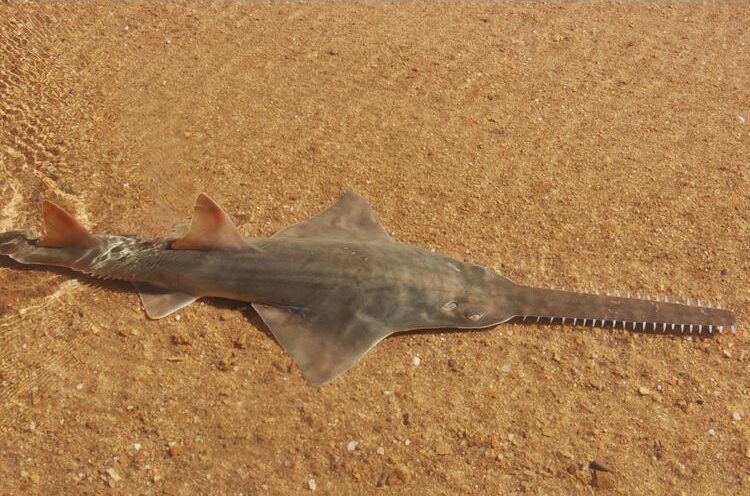
The ancient seas and rivers that once covered our planet were teeming with a variety of fascinating creatures, including the fearsome-looking sawfish. Among these ancient sawfish, Onchopristis stands out as one of the most intriguing genera, with its long, blade-like rostrum lined with sharp teeth. Fossil remains of Onchopristis have been unearthed in various parts of the world, including Morocco, where they provide valuable insights into the prehistoric world. In this blog post, we will explore the world of the ancient sawfish, focusing on the Onchopristis fossils discovered in Morocco.
The Anatomy of Onchopristis
Onchopristis is a genus of extinct sawfish that lived during the Cretaceous period, approximately 95 to 66 million years ago. One of the most striking features of Onchopristis was its rostrum, which could grow up to several meters in length. This long, blade-like structure was lined with sharp teeth, giving the sawfish a fearsome appearance. Unlike the teeth of mammals, which are embedded in the jawbone, the teeth of Onchopristis were actually modified scales called denticles. These denticles were arranged in a saw-like pattern along the edges of the rostrum, allowing the sawfish to slash through the water with ease.
The Function of the Rostrum
The exact function of the rostrum in Onchopristis has been the subject of much debate among scientists. One prevailing theory is that the sawfish used its rostrum as a hunting tool, slashing through schools of fish and other small aquatic creatures. The sharp teeth on the rostrum would have allowed the sawfish to impale its prey, making it easier to catch and consume. Another theory suggests that the rostrum was used for defense, with the sawfish using it to deter predators or compete with other individuals for resources.
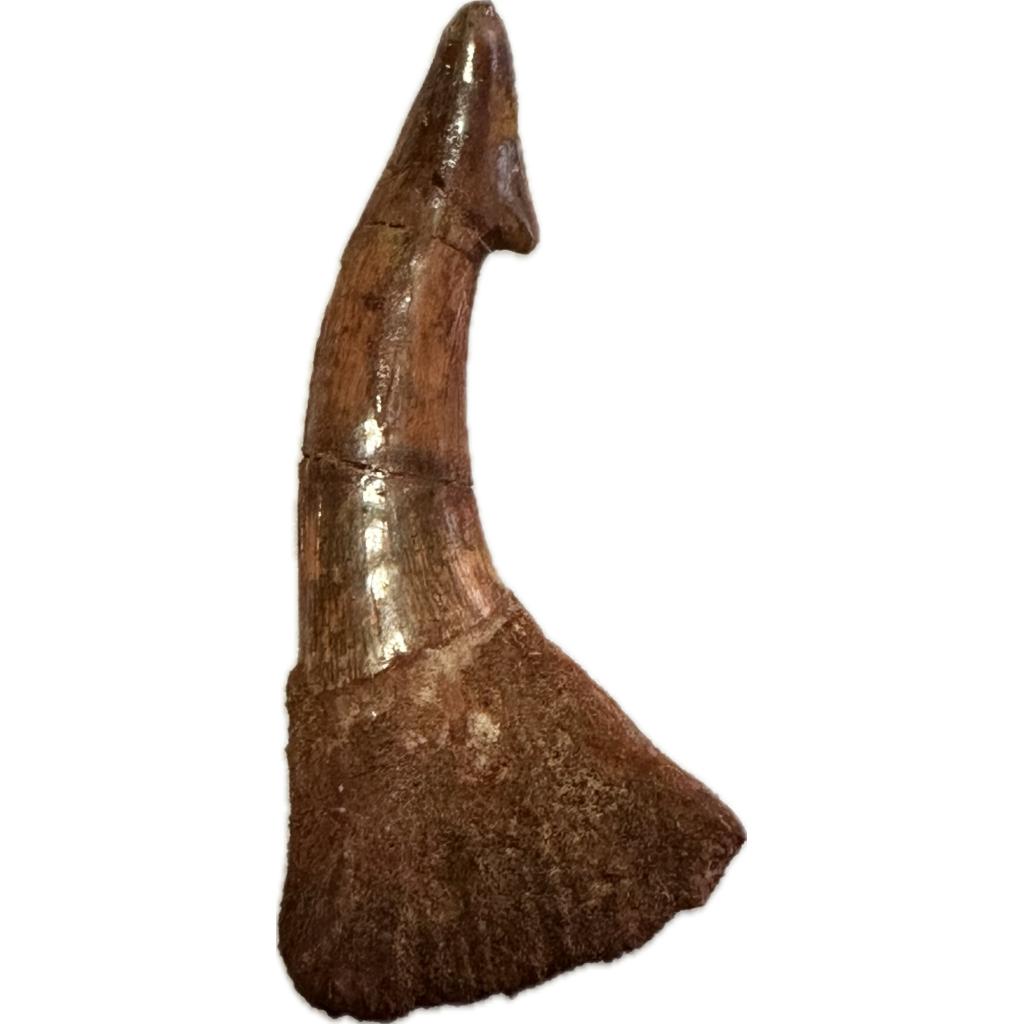
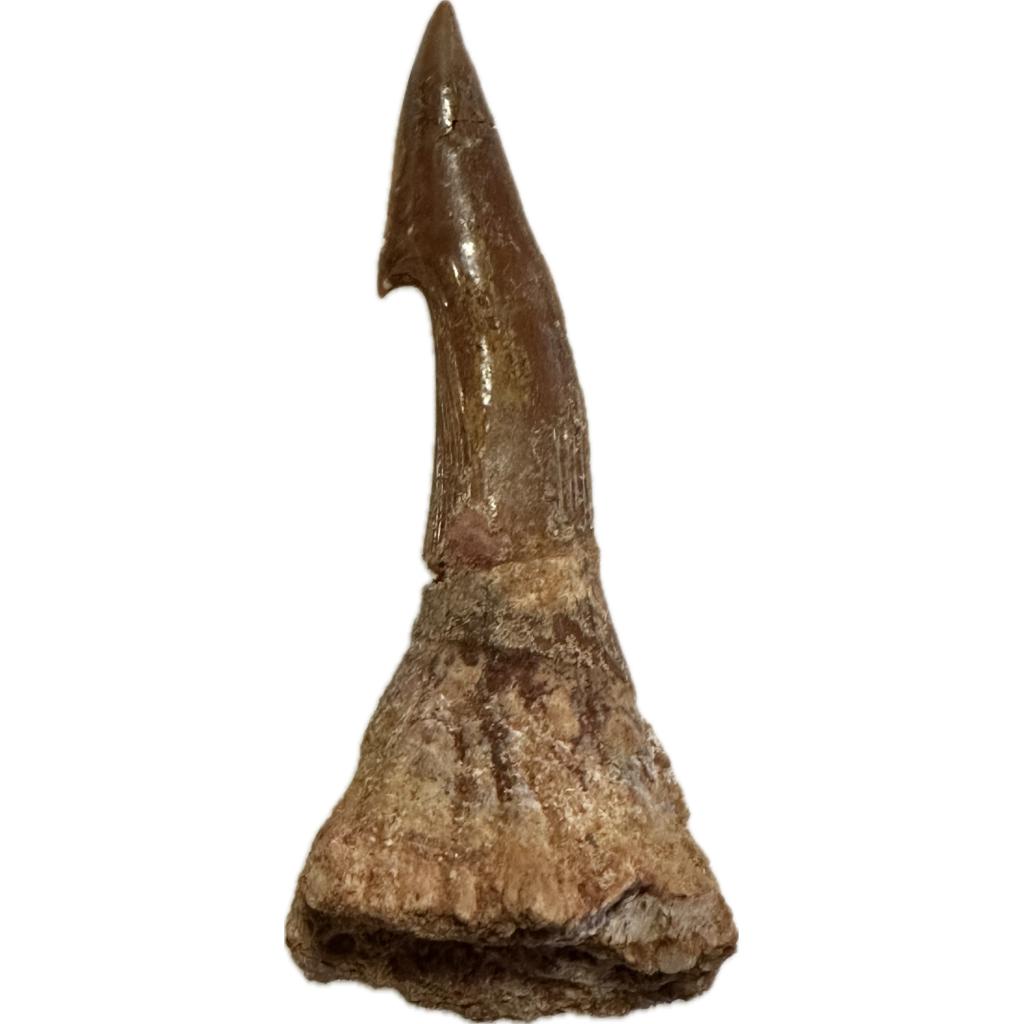
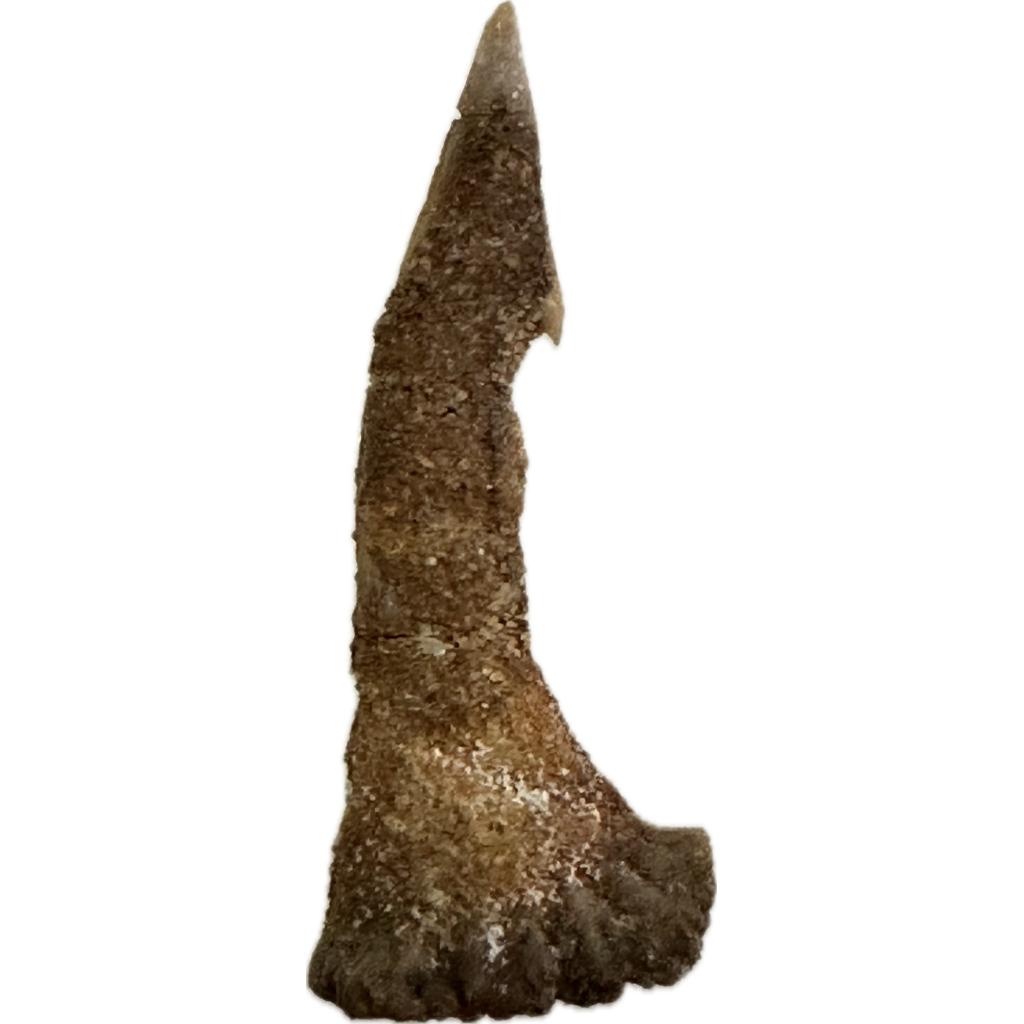
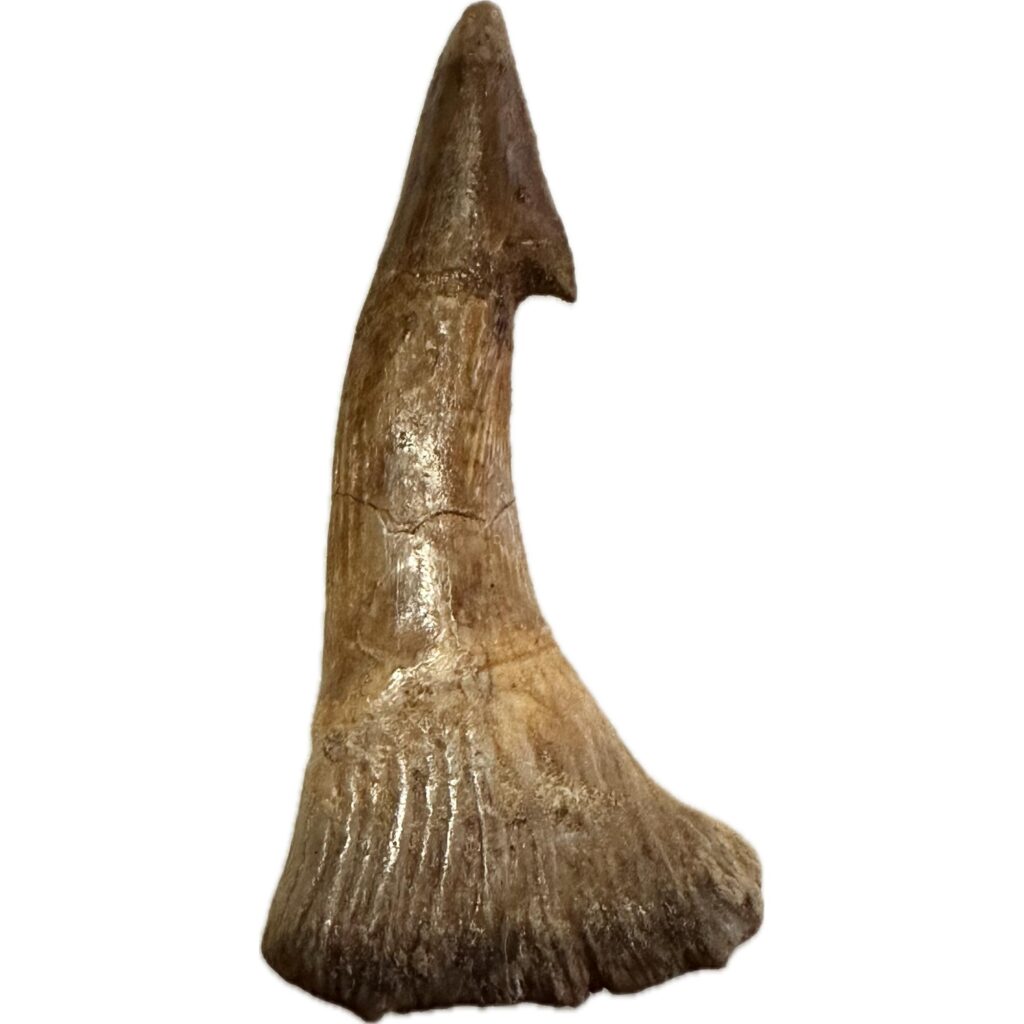
Onchopristis in Morocco
Fossil remains of Onchopristis have been found in several regions around the world, but some of the most significant discoveries have been made in Morocco. The Kem Kem Beds, a geological formation in southeastern Morocco, have yielded a treasure trove of fossils from the Late Cretaceous period, including numerous specimens of Onchopristis. These fossils have provided scientists with valuable insights into the ecology and evolution of this ancient sawfish.
The presence of Onchopristis fossils in Morocco indicates that the region was once covered by a vast system of rivers and deltas, teeming with diverse aquatic life. The discovery of these fossils has helped scientists reconstruct the ancient ecosystems of North Africa and understand how these environments have changed over millions of years.
The Importance of Onchopristis Fossils Studying
Onchopristis fossils from Morocco has provided scientists with a wealth of information about these ancient creatures and their world. By analyzing the morphology of the fossils, scientists have been able to reconstruct the appearance of Onchopristis and understand how it moved and interacted with its environment. The fossils have also provided insights into the paleobiogeography and paleoclimate of North Africa during the Cretaceous period, helping scientists understand how the continent has changed over time.
In addition to their scientific importance, Onchopristis fossils from Morocco have cultural significance as well. The discovery of these fossils has helped raise awareness about the rich paleontological heritage of Morocco and has contributed to the country’s reputation as a hotspot for fossil enthusiasts and researchers alike. Fossils from Morocco, including those of Onchopristis, are highly sought after by collectors and museums around the world, further highlighting their cultural and scientific value.
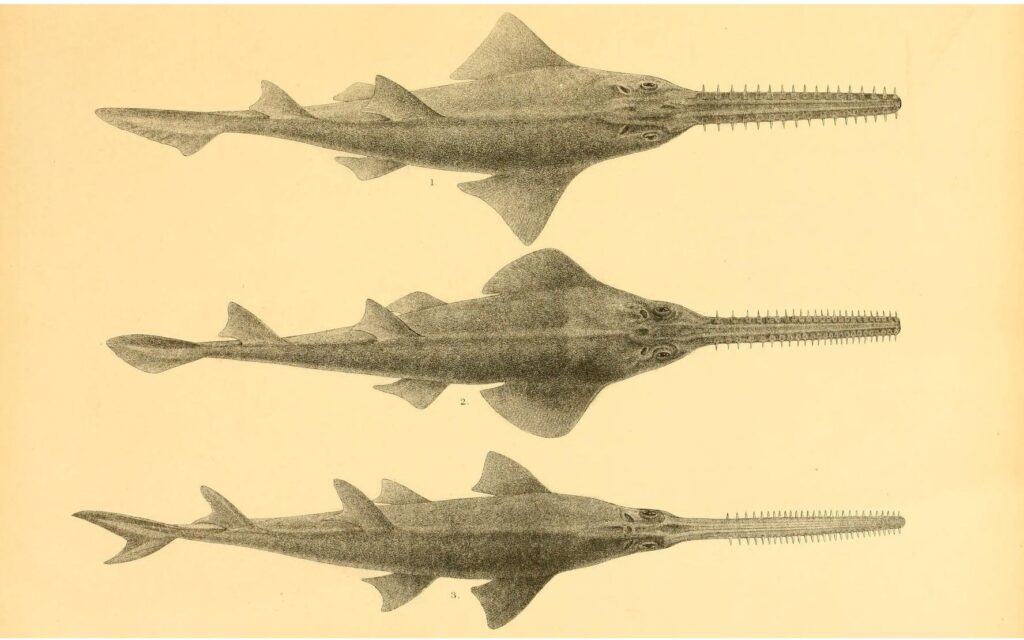
Diet and Behavior of Onchopristis
One of the key questions surrounding Onchopristis is what it ate and how it lived. Studies of the fossilized stomach contents of Onchopristis have provided some clues about its diet. Fossilized remains of fish have been found in the stomach cavities of some Onchopristis specimens, suggesting that these ancient sawfish were piscivores, meaning they primarily ate fish. The saw-like rostrum of Onchopristis would have been an effective tool for catching fish, allowing the sawfish to slash through schools of fish and impale them on its sharp teeth.
In addition to fish, Onchopristis may have also fed on other small aquatic creatures, such as mollusks and crustaceans. The sharp teeth on the rostrum would have allowed the sawfish to crush the shells of these creatures, making them easier to consume. The diet of Onchopristis would have played a crucial role in shaping its behavior and ecology, dictating its movements and interactions within its ecosystem.
The Life of Onchopristis
Based on the fossil evidence, scientists believe that Onchopristis was a relatively large and powerful predator, capable of hunting down a variety of prey in the ancient rivers and seas it inhabited. The size and strength of Onchopristis would have made it a formidable predator in its ecosystem, allowing it to compete with other large predators for food and resources.
Onchopristis likely spent much of its time in shallow, coastal waters, where it would have had access to a wide range of prey. The sawfish may have also ventured into deeper waters in search of food, using its powerful tail fin to propel itself through the water with speed and agility. The anatomy of Onchopristis suggests that it was well-adapted to its aquatic lifestyle, with a streamlined body and fins that would have allowed it to maneuver easily through the water.
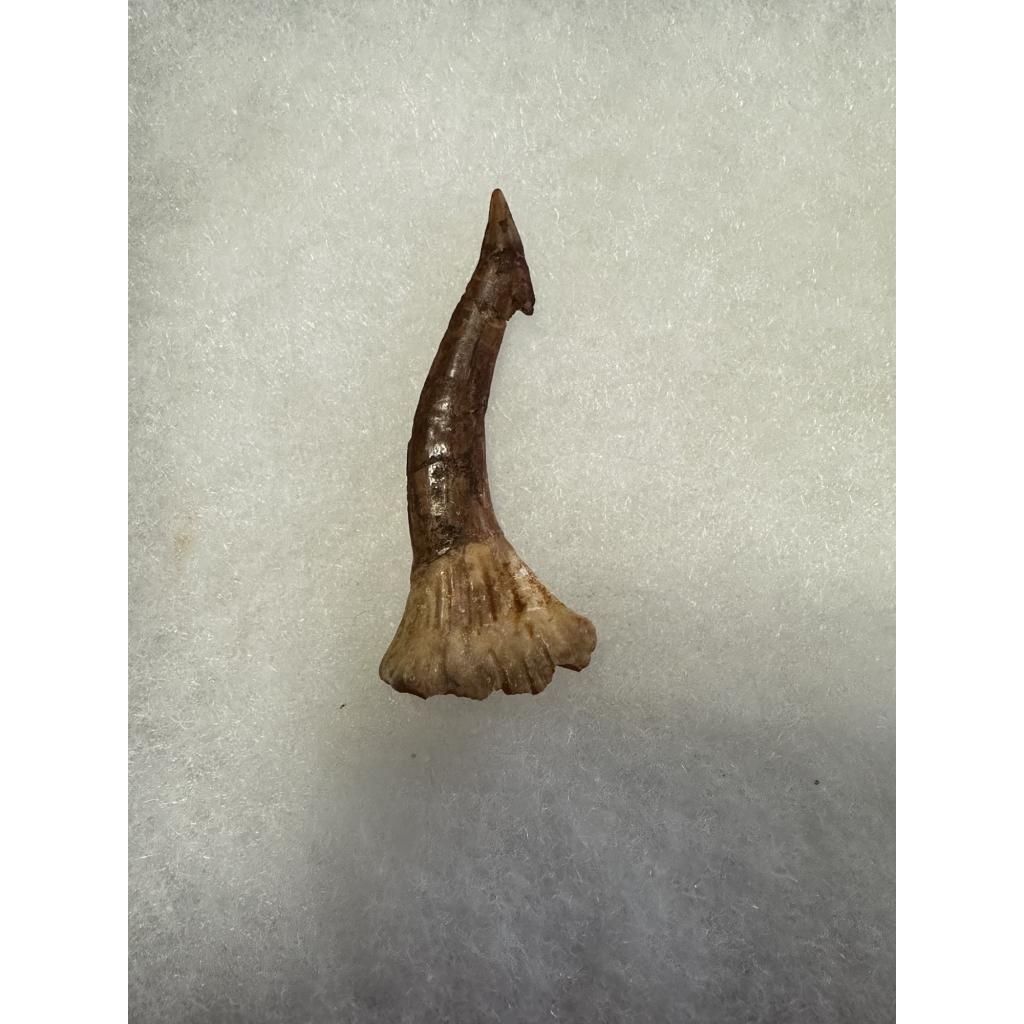
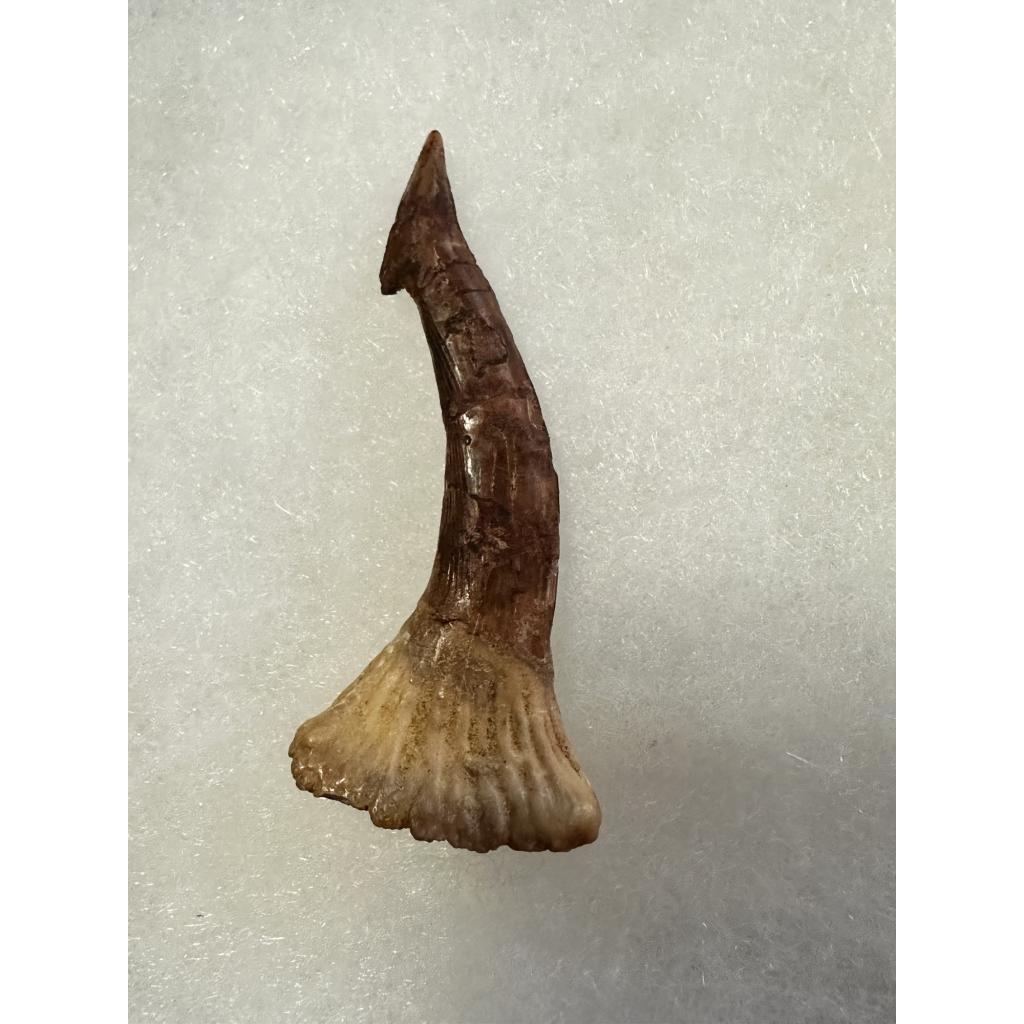
Reproduction and Social Behavior
Little is known about the reproductive behavior of Onchopristis, but it is likely that they reproduced by laying eggs, similar to modern sawfish and rays. The exact nature of their reproductive behavior, such as mating rituals and parental care, remains a topic of speculation and further research.
In terms of social behavior, it is unclear whether Onchopristis lived and hunted alone or in groups. Some researchers believe that they may have been solitary hunters, using their rostrum to catch individual prey. Others speculate that they may have hunted in groups, using their combined strength to take down larger prey. More research is needed to fully understand the social behavior of Onchopristis and how it may have influenced their ecology and evolution.
When collecting fossil sawfish barbs, there are several key features to look for that can help identify and understand these ancient structures. Sawfish barbs, also known as rostral spines or rostral teeth, are specialized structures that protrude from the rostrum (the saw-like snout) of sawfish. These barbs play a crucial role in the feeding and defense of sawfish, making them important objects of study for paleontologists and fossil enthusiasts alike.
One of the most important features to look for in fossil sawfish barbs is their shape and size. Sawfish barbs are typically elongated and pointed, resembling small, narrow blades. The size and shape of the barbs can vary depending on the species of sawfish, with some barbs being relatively short and stubby, while others are long and slender. The size and shape of the barbs can provide valuable information about the species of sawfish to which they belong and their potential ecological role.
Another important feature to look for in fossil sawfish barbs is their surface texture. Sawfish barbs are covered in tiny serrations or ridges, which would have helped the sawfish to grip and manipulate prey. The presence of these serrations or ridges on fossil barbs can indicate that they belonged to a sawfish and not to another type of fish or marine creature.
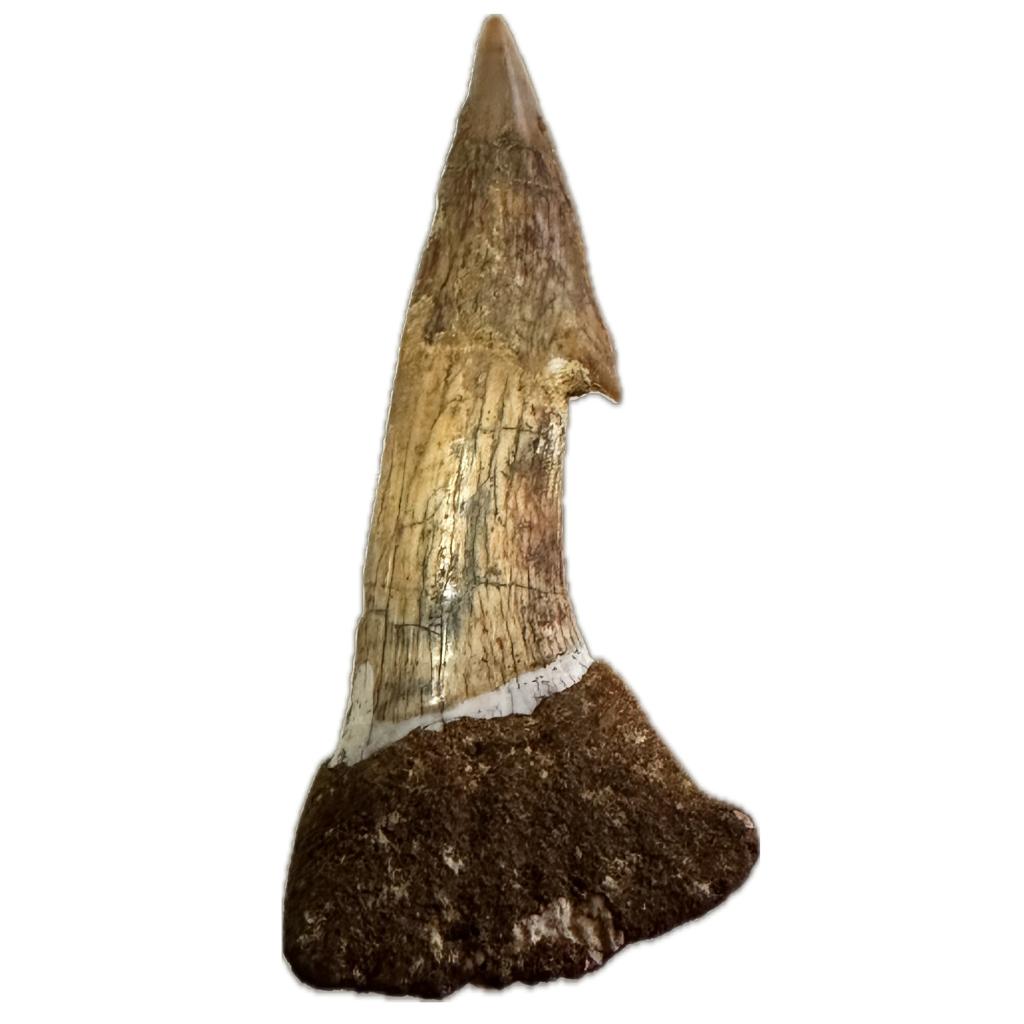
In addition to their shape and surface texture, the color and composition of fossil sawfish barbs can also provide valuable information. Sawfish barbs are typically composed of dentine, a hard, calcified tissue that is similar to enamel. The color of fossil barbs can vary depending on the mineralization process and the conditions in which they were fossilized. In some cases, fossil barbs may retain some of their original coloration, which can provide clues about the environment in which they were deposited.
